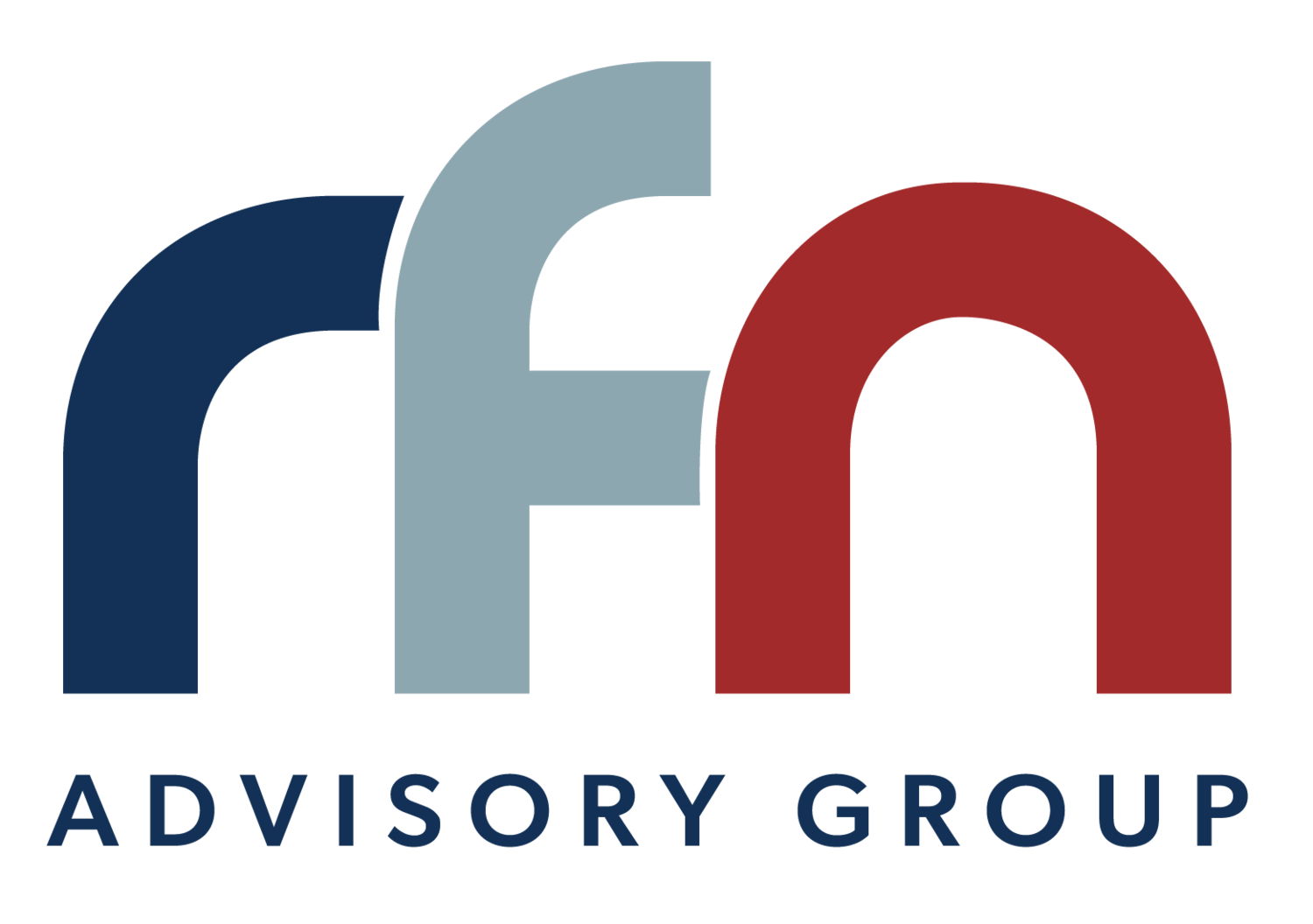Can you see the forest for the trees?
There are a lot of buzzwords flying around in the media and on social media these days. So much so that we tend to tune out words we think we understand (and maybe don’t agree with) because we’ve picked up on some of the ways those words are being used by people we do or do not align with.
One such word, is misogyny. Instead of being interpreted as a tool to help illuminate subtle and overt ways gender inequalities are perpetuated, it can end up garnering an eye roll or dismissive scoff from folks who feel it’s an issue of the past.
Kate Manne, a Cornell philosophy professor, defines misogyny in her book as “not [being about] male hostility or hatred towards women – instead, it’s about controlling and punishing women who challenge male dominance. Misogyny rewards women who reinforce the status quo and punishes those who don’t.”
In fairness, many women are in fact, enjoying more equality and freedom than ever before. But this is not a consistent experience between women of different ages, races, ethnicities, social classes, sexual orientations or abilities. One of the goals of pointing out instances of misogyny is to help address this inconsistency.
According to McKinsey’s Women in the Workplace 2022 report, only one in four C-suite leaders is a woman and only one in 20 is a woman of color. Certainly, this statistic tells us women are still significantly underrepresented in leadership roles, especially women of color. But the consequences of these statistics can be harder to see unless we dig a little deeper.
In this economy, how many successful companies do we hear boasting about being staunchly unwilling to adapt? If we’re looking at misogyny in the workplace through the lens of challenging the status quo, like Manne suggests, we see a bit of a different picture than just men vs. women. How a company handles diversity and inclusion – which includes gender equality – can give us a clear sense of their willingness to innovate and out-pace competitors.
Ford Motor Company, for example, understands the power and value of having women at every level of an organization. In a summer 2022 interview with Glamour magazine, vice president of electric vehicle industrialization, Lisa Drake discussed the innovative prowess of the women engineers and scientists who led the roll-out of the Ford Lightning. MotorTrend called it, “one of the most important pickup trucks—vehicles, really—in history [because] this truck has to convince construction workers, farmers, ranchers, surveyors, and everyday truck fans that electric pickups aren’t just viable but desirable.” The vehicles were so well received, Ford couldn’t keep up with demand.
According to Drake, there are plenty of women driving the electric vehicle revolution, but there need to be more. “Advancing women in engineering is a problem that can be solved. Not through slogans or good intentions, but via strong action that comes from the top. She lives by these words: ‘Policies unlock potential.”’
It’s not enough to simply hire more women though. The support infrastructure, the policies, must be in place to ensure they are set up for success otherwise they will not stay. In fact, we are seeing this happen right now. As of 2022, more women than ever were leaving for companies willing to recognize and foster their talent while meeting their needs – a trend McKinsey is calling the “Great Breakup”.
People leaders and business owners who dismiss this migration as an isolated gender issue, aren’t seeing the forest for the trees. It is a fact that “companies with better representation of women, especially women of color, are going further.” How? It comes down to innovation – who is being encouraged to challenge the status quo, and who isn’t.
Read what RFN’s own Cindy Reid-Shelton has to say about being a leader and entrepreneur and what her hopes are for the future of young women in business in this month’s Partner Spotlight.
For more information and education on supporting women in your organization, check out the following resources:
Bailey Greenspon and Almeera Khalid’s article from March 2021 about how to successfully hire and retain more [young] women.
Poised for Exit – RFN contributor Julie Keyes’ book about transition planning for women business owners. Full of professional case studies and resources for owners and advisors alike, this is an essential read for anyone curious about how gender can impact the planning process.
Diversity and Inclusion Onboarding program – developed by Felicia Johnson of the Gatson Group, this quick onboarding program will get your entire team on the same page and pave the way for you to adopt and implement healthy diversity and inclusion policies.
Diversity and Inclusion – a guide to help you start or refresh your diversity, equity, inclusion and belonging (DEI&B) journey. Learn how DEI&B directly influence your business outcomes in our increasingly globalized world. Discover ways to decrease attrition by harnessing and appreciating the power of your people.
